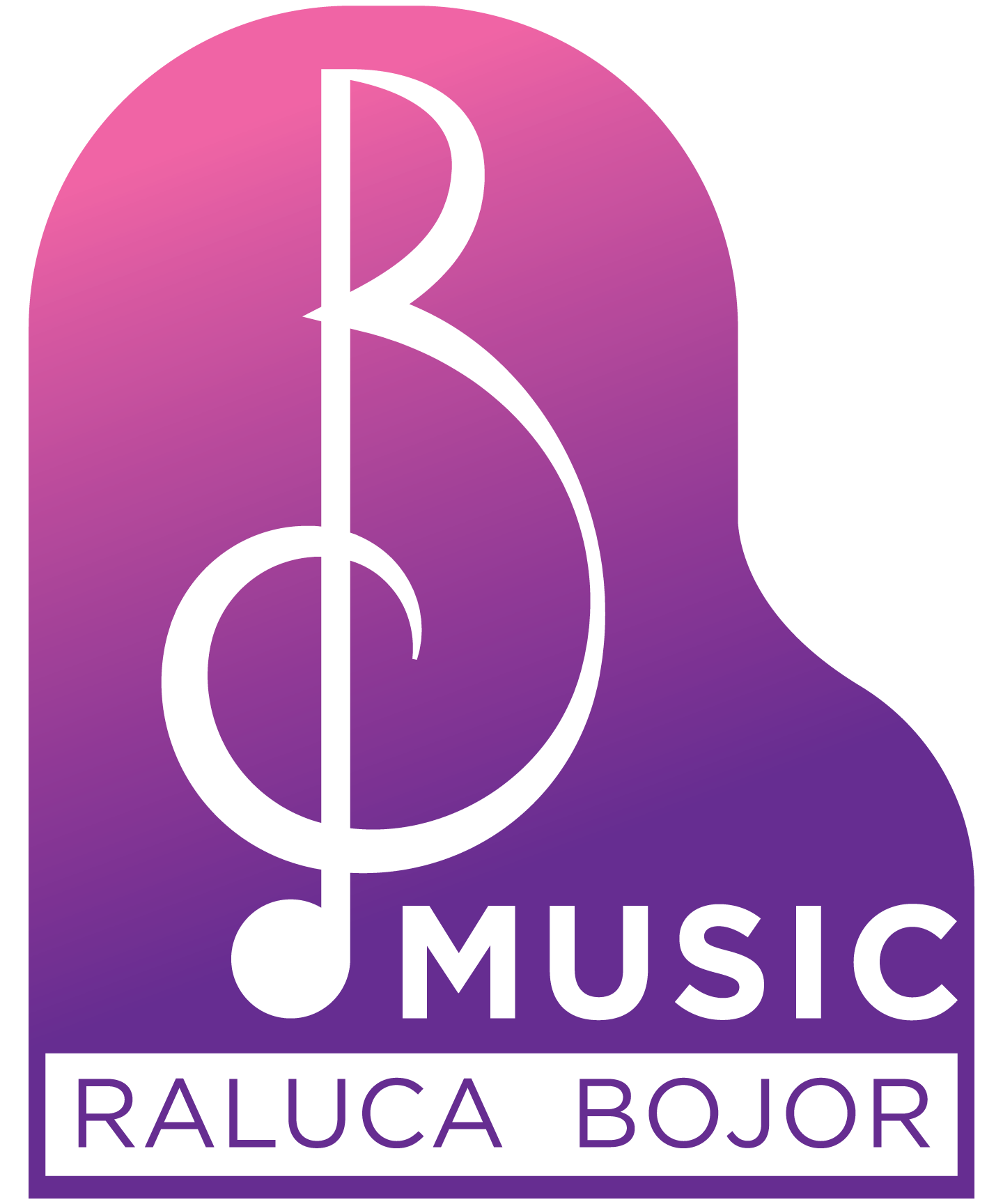Hymn BLog

Six Christmas Carols With Alternate Tunes
Have you ever noticed that some Christmas texts are sung on two (or more) different tunes? If you are a church musician (or even a regular attender), you may have been surprised at times to turn the hymnal to a certain page only to find the melody be entirely different than what you had expected! In this blog post I will list six such examples, all from our Christmas repertoire.

GOD MOVES IN A MYSTERIOUS WAY
The poem “God Moves In a Mysterious Way” was written by William Cowper in 1774. Over the years, it has been set to several tunes and today you will still find this text under different melodies in different hymnals. In this blog post I share the story behind my original melody that I wrote to Cowper’s poem. Enjoy reading! :)

TOP HYMNS TO TEACH OUR CHILDREN
A few weeks ago I sent an email to my community of hymn-loving musicians and asked them this question: “What hymns should children know?” Now, I don’t have my own children (yet), but I do interact with children regularly. I’m on rotation in our church’s children’s program and I just love hearing children sing songs unto our Lord! There’s nothing quite like the voices of 20-some children singing more enthusiastically than the entire adult congregation upstairs, ha! :)

Top TEN Christmas Carols In Minor Keys
I love the holiday season! And my favorite part about this time of year is the MUSIC! Christmas carols are just so special; they carry that magic ingredient that can instantly transport us into a world filled with wonder, anticipation, and childlike joy.

TOP TEN HYMNS FOR THANKSGIVING
Here are my top ten hymn suggestions for the season of Thanksgiving!

SIX REASONS WHY CHILDREN SHOULD PLAY MUSIC IN CHURCH
Part of being a church pianist slash piano teacher is raising the next generation of church musicians. I always encourage young pianists to share their music gifts with their local congregation. Whenever a student’s parent would ask me: “Ms Raluca, when’s Johnny’s next performance opportunity?” (implying a formal studio recital) I’d reply: “When’s your next church service?” 😎 Christian piano students need not wait for the end-of-the-year studio recital to share their gifts with the public! They can do it at church! And I believe that’s even better than waiting for the piano teacher to organize her students’ recitals. Below I’ll list three pedagogical reasons and three spiritual reasons as to why young Christian pianists should play in church:
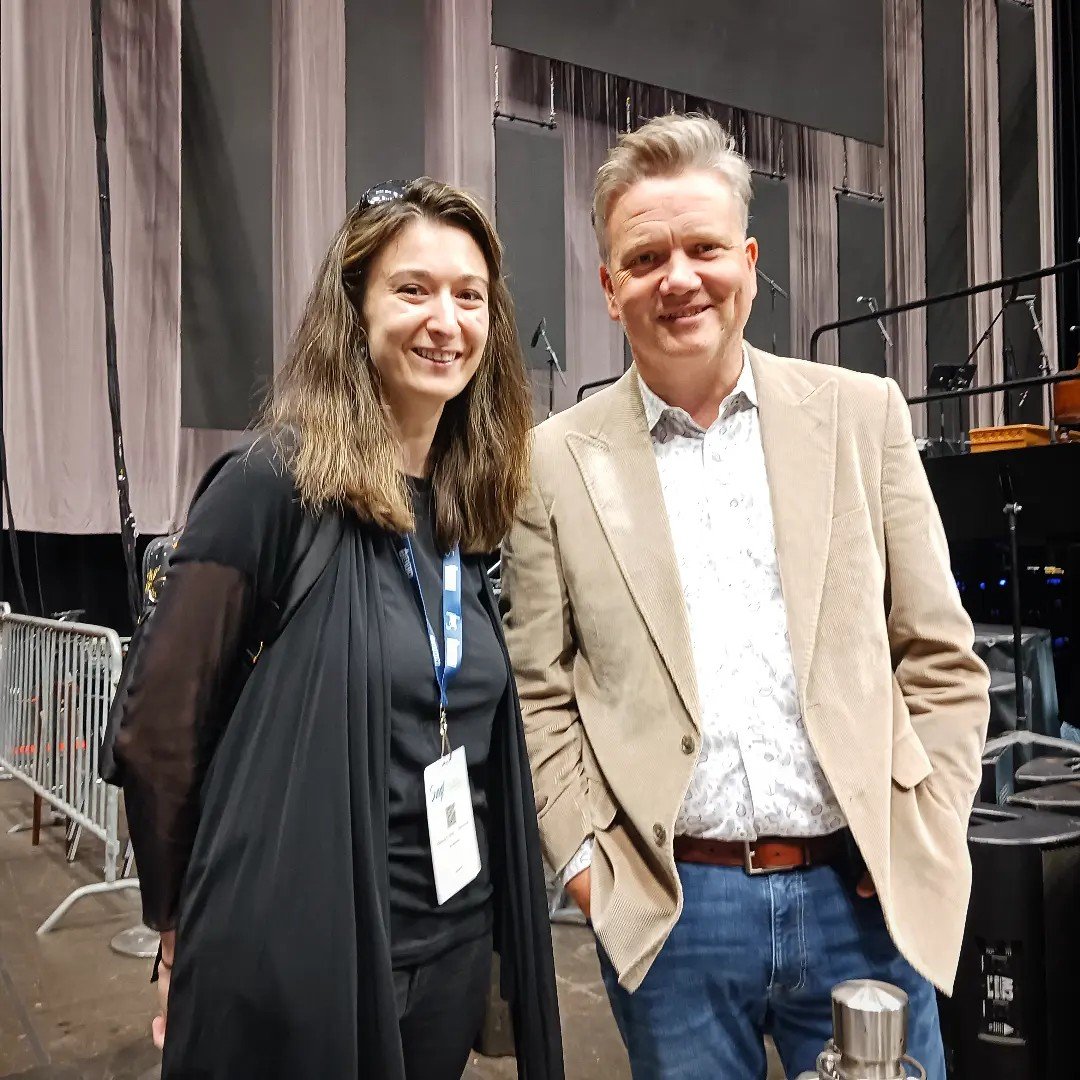
Reflections on the Sing Conference 2023
A month ago I had no idea I’d be meeting Mr. Keith Getty in the flesh! EEEEK!!! The Sing Conference 2023 was a life changing event. Let me tell you more about it!

My Three GO-TO Hymns for Pentecost
Have you prepared your church music selection for Pentecost Sunday? If you haven’t planned anything yet, I’m here to help you! Check out my three go-to songs for Pentecost Sunday!

The great november debate: Thanksgiving vs Christmas Music
Ah, it’s that time of the year again. Time for our never-ending debates as to which holiday deserves our full attention during the month of November – Thanksgiving or Christmas. Which team are you on? Or, better yet, when is it appropriate to start listening to Christmas music? Before or after Thanksgiving?

FIVE Characteristics of Church Hymns – Old and New
I used to think that hymns were old church songs written by dead people. Then I did more research and lo and behold people still write hymns today! People such as Keith Getty, Stuart Townend, Vikki Cook, Melody Green, Matt Merker, Bill Gaither, Martin Nystrom, Dawn Rodgers, Eric Wyse etc. Ok, then what's the difference between a hymn and any other worship song you hear on the radio? A-HA! That's the million-dollar question! Turns out a hymn isn't just an old church song written by a dead guy. Nor is it any song that happens to have a Christian message. A hymn is a living genre with specific characteristics, such as:

Speak, O Lord
Speak, O Lord is a modern hymn written by Keith Getty and Stuart Townend, who are some of the best hymn writers alive today. They also wrote In Christ Alone, The Power of the Cross, among other well-known church hymns. Notice how in this first verse the authors weaved two crucial pillars of the Christian faith in beautiful poetry (1) the LORD speaks through his word, (2) we must COME to him and RECEIVE it. The scriptures are there. The Lord has spoken. However, if you don't open and read the Word of God, you can't truly receive it.
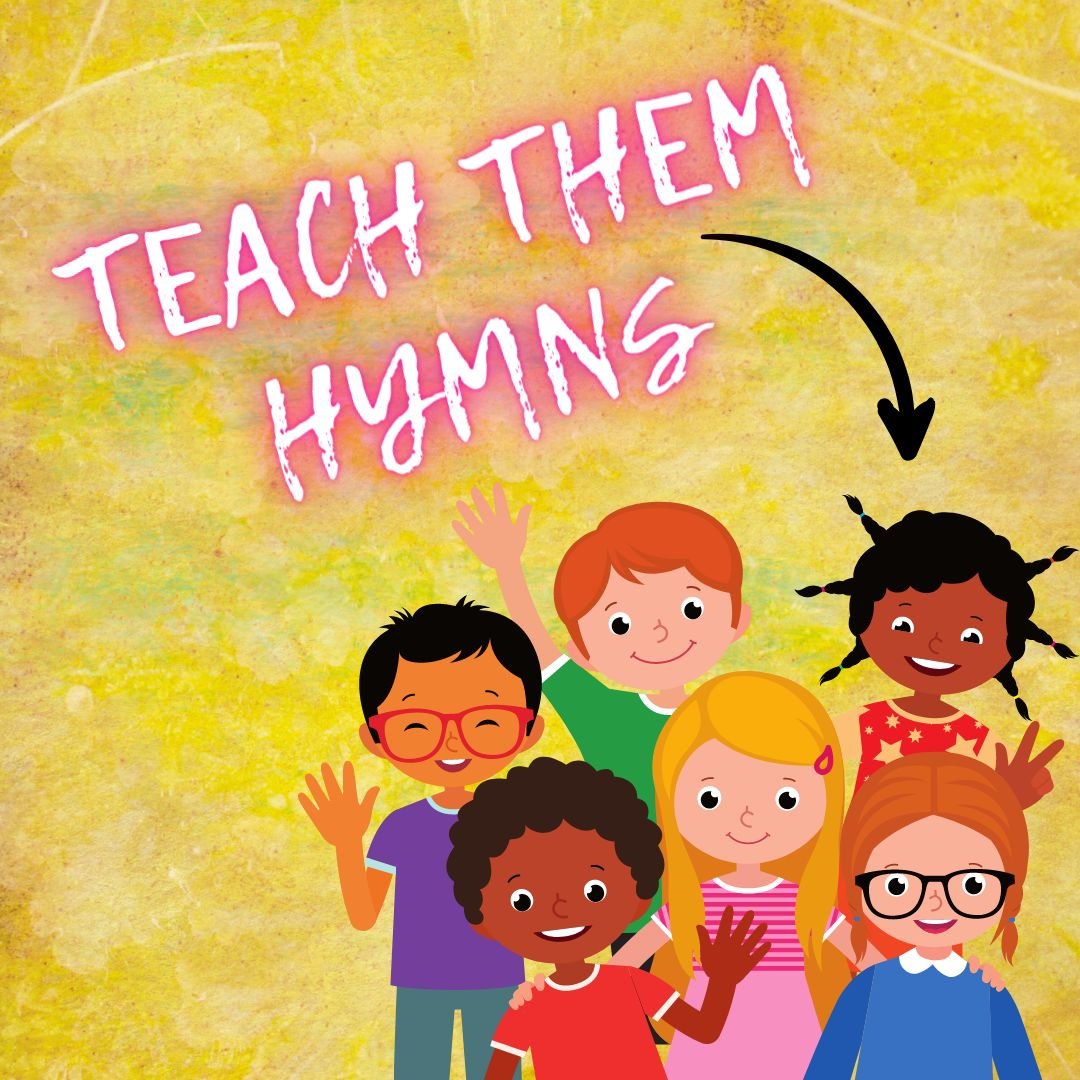
Three Reasons You Should Teach Your Children Hymns
Teaching right doctrine to children is just as important as teaching right doctrine to adults. Sure, children may not use big words like "sanctification" but they are certainly capable of exploring theological concepts in their own ways - by singing,

In Christ Alone
When I started this blog, I intended to unpack the theology of old hymns to keep them alive for today’s audience. I wanted to show that just because they were old, they were not irrelevant. Then, this past month I realized that “hymns” are not just “old church songs” on the brink of extinction. Rather, hymns are a particular genre of church music. A genre has unique musical characteristics (such as meter) and is therefore not bound to a particular time period. Thus I began looking closely at modern hymns, such as In Christ Alone by Keith Getty and Stuart Townend, which was written in 2001. Yes, hymns are still being written in the twenty-first century! I fully expect that In Christ Alone will be a standard hymn in future hymnals, right next to A Mighty Fortress and Great Is Thy Faithfulness.

Because He Lives
This hymn is arguably the most popular hymn written by Bill and Gloria Gaither. It has been translated in numerous languages (even Romanian!) and continues to touch lives today. It is often sung at Easter time, but it’s not uncommon to also hear it throughout the year. Over the course of its three verses and chorus, his hymn traces the gospel story while maintaining its focus on the resurrection of Jesus Christ.
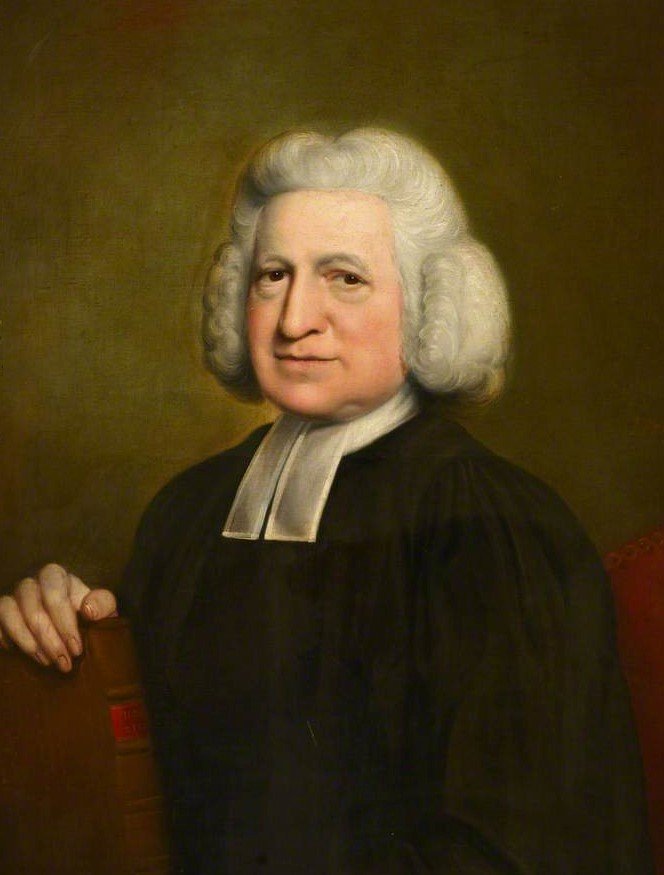
And Can It Be?
Charles Wesley wrote this hymn shortly after his conversion experience in 1738. Along with his brother John, the Wesleys emphasized the importance of having a personal (even transformative) encounter with Jesus as the beginning of the sanctification journey. “And Can It Be” is thus a personal reflection of Charles in light of his encounter with the Lord in 1738.

O, Sacred Head Now Wounded
This hymn is often sung on Good Friday during Holy Week. It is one of the few hymns to present the reality of the crucifixion in a way that is lyrically weighty (grief, shame, thorns, gory) and at the same time musically uplifting (major key, ascending lines). You may think: “That doesn’t make any sense. Why this paradox?” Surprise, surprise, the entire gospel story is a paradox! :) Christ suffered so we may live eternally with him. By trampling death be brought forth life. In this blog post I wanted to draw your attention to some incredible poetic and theological elements that no musical setting can perfectly illustrate.

Great Is Thy Faithfulness
According to my friends over at Hymn Talk Twin Talk, “Great Is Thy Faithfulness” is the second most popular hymn in today’s Evangelical community right after How Great Thou Art. This should come at no surprise, given that it’s packed with praise, adoration, and trinitarian theology. I said it before and I’m going to say it again – hymns are miniature sermons. And “Great Is Thy Faithfulness” is no exception to that statement.
In the first verse the author turns his face towards God and calls him “Father.” He knows that God is the source of all life, including his own. The author also establishes a personal relationship with God, calling him “my Father,” as opposed to a generic “Father” or even a collective “our Father” (nothing wrong with the Lord’s Prayer, I’m just making an observation!). He then acknowledges some of God’s eternal characteristics – “Thou changest not… as thou hast been, thou forever wilt be” – echoing Hebrews 13:8.

A Mighty Fortress
I did not like this hymn when I was growing up. I thought it had a strange melody and it was especially difficult to play on the piano given that the harmony changes on almost every beat. I grew to love it in my adult years. That’s because I became aware of the theological context in which this hymn was written (going back, why would I care about theology in my teenage years? ha). In this blog post we will travel back in time to the sixteenth century and meet one of my favorite theologians – Herr Doktor Martin Luther – and understand the theological context in which this hymn was written.
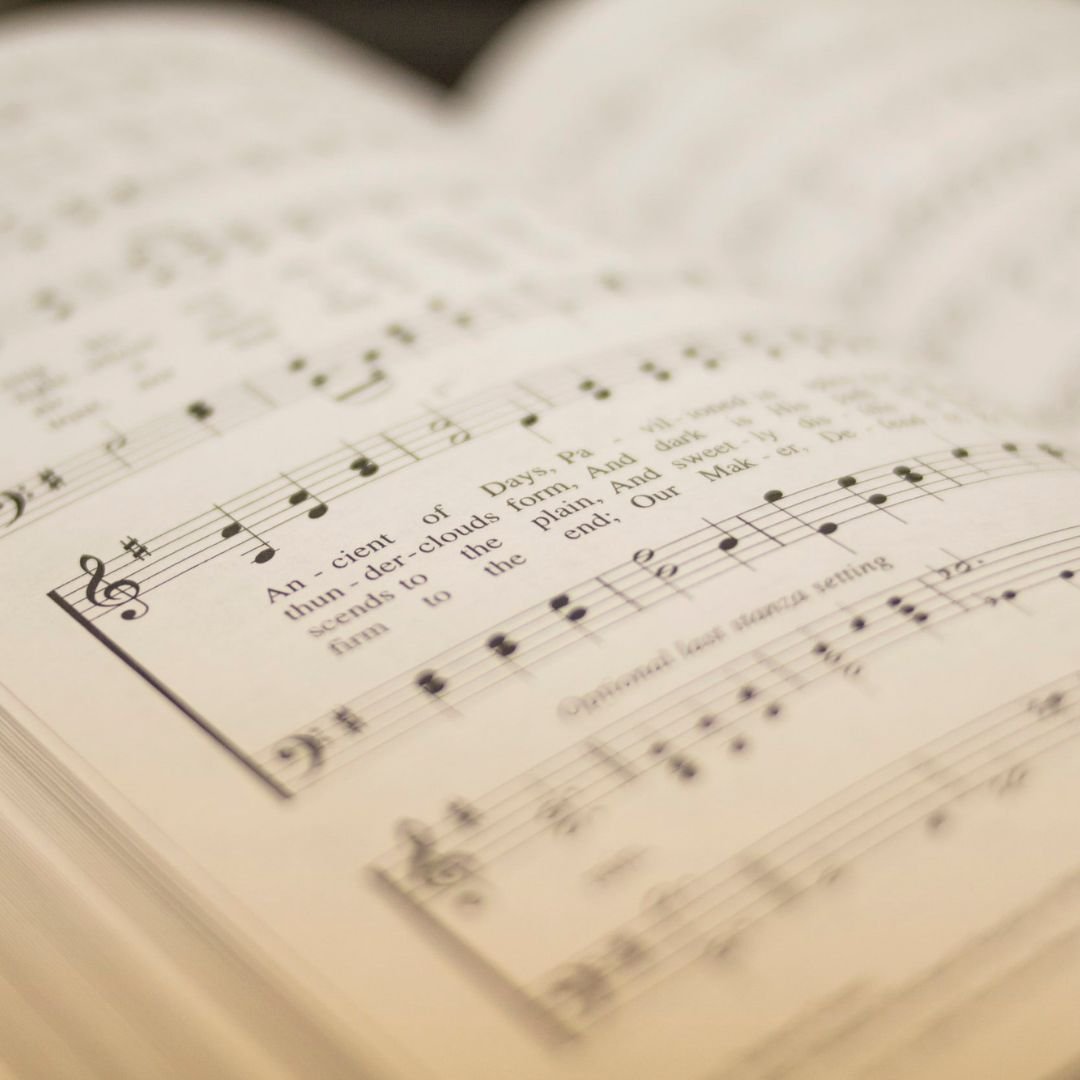
Take My Life and Let It Be
A few months ago I was asked to write a piano arrangement on the theme of “continual sacrifice.” I searched the hymnal for days until I found a hymn that perfectly matched the theme at hand: “Take My Life and Let It Be.” I meditated on the lyrics of this hymn as I was writing my piano arrangement. I noticed that is was hymn of continual repentance and sanctification. Since we cannot reach perfection while here on earth, all we can do is pray that the Lord molds us into his image one day at a time.
